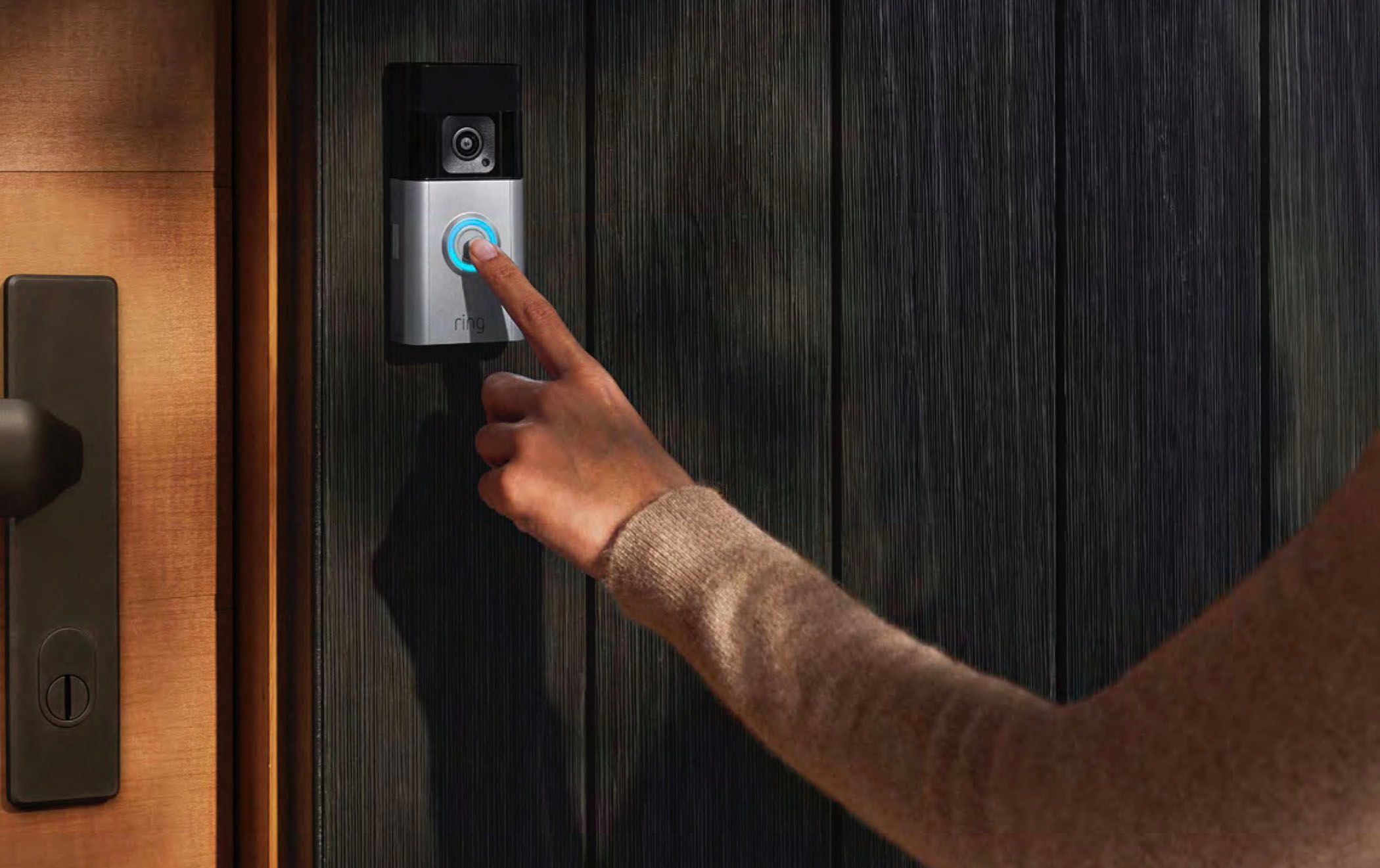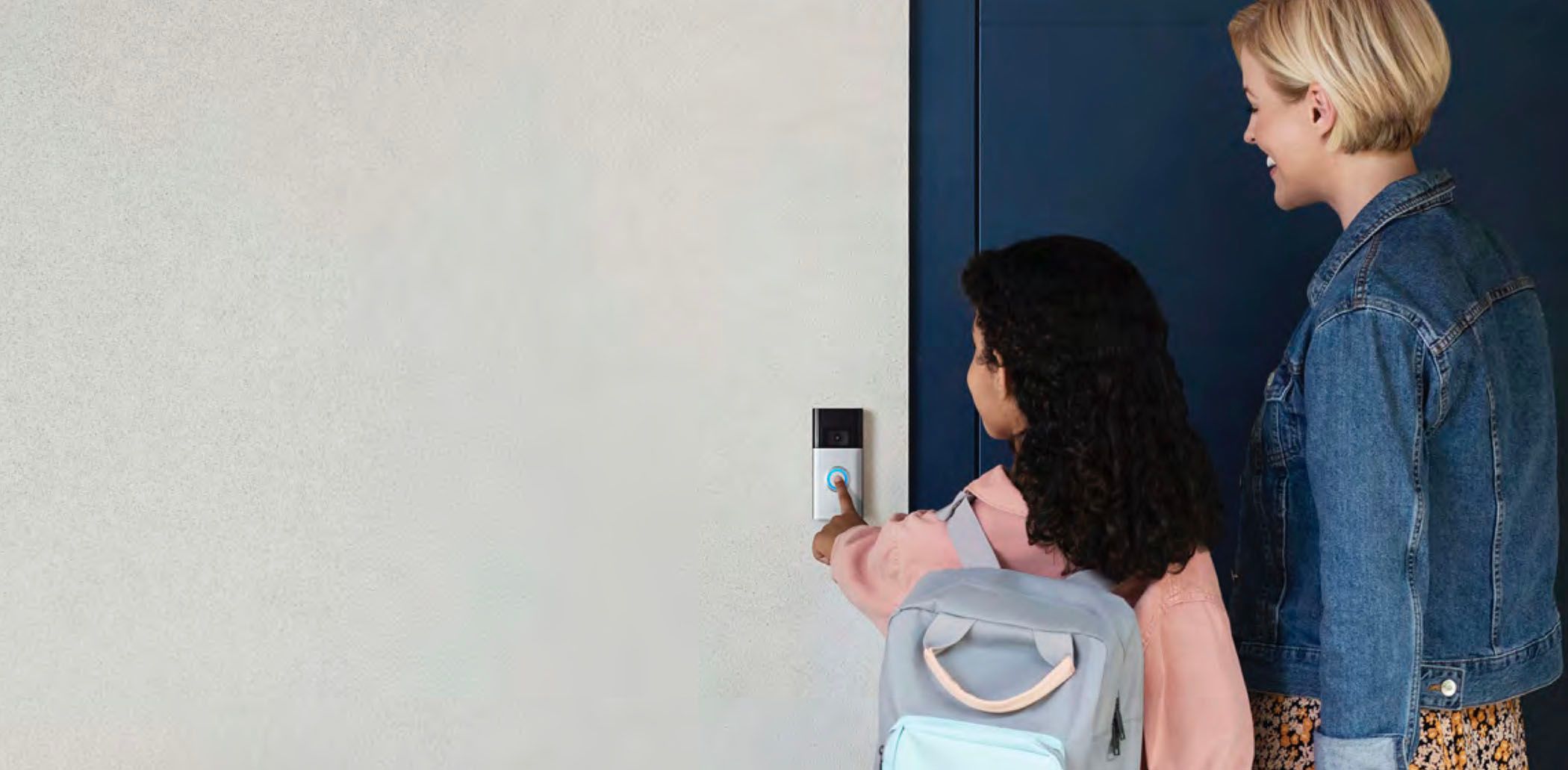Tech News
How to Pick a Smart Doorbell for Your Apartment
Key Takeaways
If you own a house, installing a smart doorbell is a relatively straightforward matter. Doing the same in an apartment building involves a few more considerations and complications, but can still be worthwhile.
There May Be Less Need in an Apartment
The first thing to consider is whether a smart doorbell will justify the expense and work involved. If you live in a modern secure apartment building with a video entryphone system and a concierge at the entrance to keep an eye on who is entering the building, there may be little benefit. You'll already know from the buzzer who is on their way, and you shouldn't have to worry about intruders.
While I'm as keen as anyone to find an excuse for a shiny new gadget, not even I would bother with a smart doorbell in those circumstances.
But There Can Still Be Benefits
Most of us don't live in quite such idyllic circumstances, however. You may have an audio-only entryphone system where you can't see who is entering until they reach your apartment door, and there may be no staff to monitor people entering the building.
Especially in a large block, it may be relatively easy for an intruder to gain access, either by tailgating a resident or by simply hitting random buzzers and making a vague "Delivery" announcement. In those circumstances, there can be every bit as much reason to have a smart doorbell in an apartment as in a house.
So what are those benefits? First and foremost, peace of mind before you open the door. A peephole typically gives a limited and distorted view, making it hard to see exactly who is there. A smart doorbell camera, in contrast, provides a clear, high-resolution, wide-angle view that lets you see both the person standing in front of your door and anyone else who might be lurking nearby.
Second, a smart doorbell lets you answer even when you're not at home. You'll receive an alert on your smartphone, and can then see the caller and have a two-way conversation with them. If it's a delivery, for example, you can ask them to give the package to a specific neighbor.
Third, a smart doorbell is really two devices in one, because it acts as an external security camera too. Almost all support motion detection, alerting you to anyone hanging around outside your door, and many have more sophisticated people-detection capabilities, so you won't be bothered by a passing cat. Any security camera has a worthwhile deterrent effect, and in the worst of cases provides video evidence that can help law enforcement track down a criminal.
Finally, smart doorbells can integrate with other smart devices in the home. For example, you can configure your home to flash your ceiling lights red if the motion or person detection is triggered.
The Key Limitations in an Apartment Block
The biggest limitation is that you usually don't own your apartment door, nor any of the exterior walls. Even when you own the apartment itself, the door and hallway usually belong to the freeholder, so you can't start drilling holes without permission. Of course, this can differ around the world so your own circumstances may be different.
Fire regulations may also limit your options. In most apartment blocks the front doors are fire-rated, designed to keep fire and smoke out of the apartment for either 30 or 60 minutes. You're not allowed to do anything that would compromise their integrity, so drilling holes to route doorbell wiring may be both unsafe and illegal.
There may also be resident association rules about what you can and can't have on the exterior of your property, and those rules might not outlaw the installation of cameras. Even in the absence of specific rules, neighbors might object to the presence of cameras for reasons of privacy. If your apartment door faces another apartment door, your doorbell camera is effectively monitoring your neighbor's habits 24/7.
All of this means that you'll want to seek permission from your property or building owner, check with your residents' association, and talk to your neighbors. When doing the latter, I recommend highlighting the security benefits, noting that the presence of a camera helps protect all the apartments in view, not just your own. It's also a good idea to speak to household members before putting any internet-connected cameras in your home.
A Wired Doorbell May Still Be an Option
The issues with drilling holes might lead you to assume that you're stuck with a battery-powered, stick-on doorbell—but that isn't necessarily the case. If you already have a conventional wired doorbell then you can generally use the existing wiring both to trigger the smart doorbell and to get power to it.
I was able to do this in my apartment, and it made the installation really simple. The old doorbell was removed, the smart doorbell was attached in its place, and the existing wiring was used.
There Are No-Installation Wireless Options
If you're not as fortunate, there are battery-powered, wireless models available. The absolute easiest option is a smart doorbell which replaces your peephole, like the Ring Peephole Camera shown in the main photo at the top. This involves no drilling or wiring: you simply use the supplied tool to remove your peephole, slip the camera unit into the same hole, and fasten it on the inside. The whole thing takes about five minutes.
This approach is ideal for renters, as it involves no permanent changes. Just hold onto the original peephole so that you can swap it back before you leave.
But There Are Downsides to Battery Models
There are some downsides to wireless installations, however, of which by far the biggest is the need to charge the battery. While Ring claims a battery life of 6-12 months for its model, for example, user reviews suggest that 1-2 months is more realistic. Relying on a battery can be especially problematic if it dies while you are away from home. The best advice here is to buy a spare battery and set yourself a reminder to swap out the battery once a month.
The other drawback is that battery-powered models generally don't offer all of the bells and whistles of the most sophisticated wired ones. The Ring model, for example, has motion detection but doesn't offer zones (which can reduce false alarms) nor person-detection. Many also lack the option of integrating with other smart home accessories, which is another reason we recommend this specific model.
If your apartment has an existing wired doorbell, check out the voltage and then look for compatible smart doorbells. This gives you the biggest range of options with the best feature sets. But even in the most restrictive of cases, a peephole option gets you most of the benefits without any drilling or wiring.
When you subscribe to the blog, we will send you an e-mail when there are new updates on the site so you wouldn't miss them.


 Ring
Ring Ring
Ring

Comments